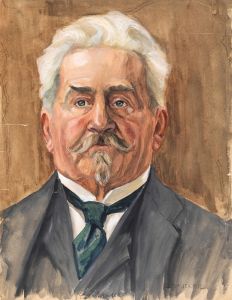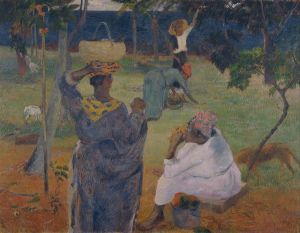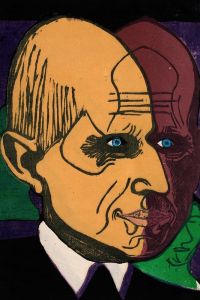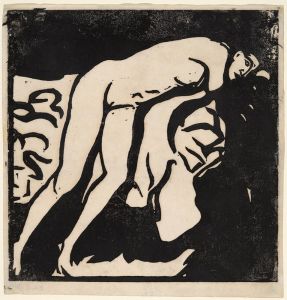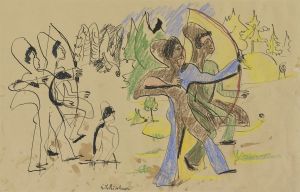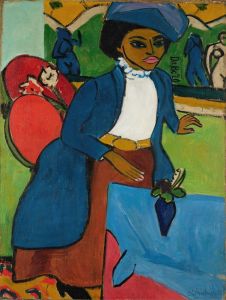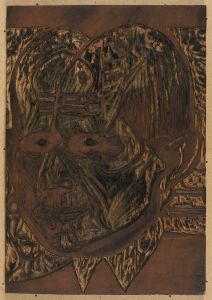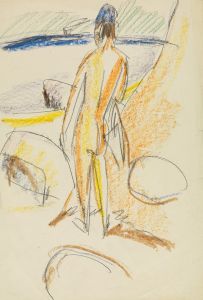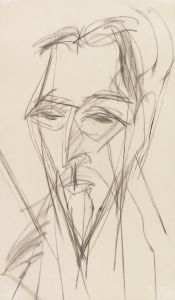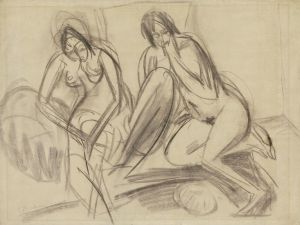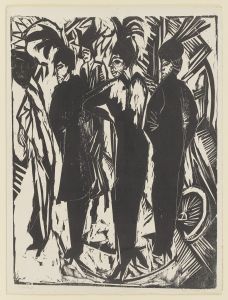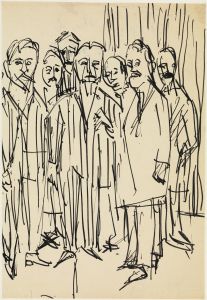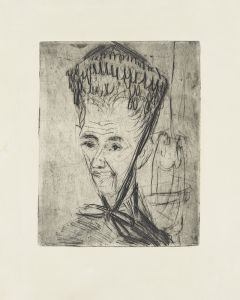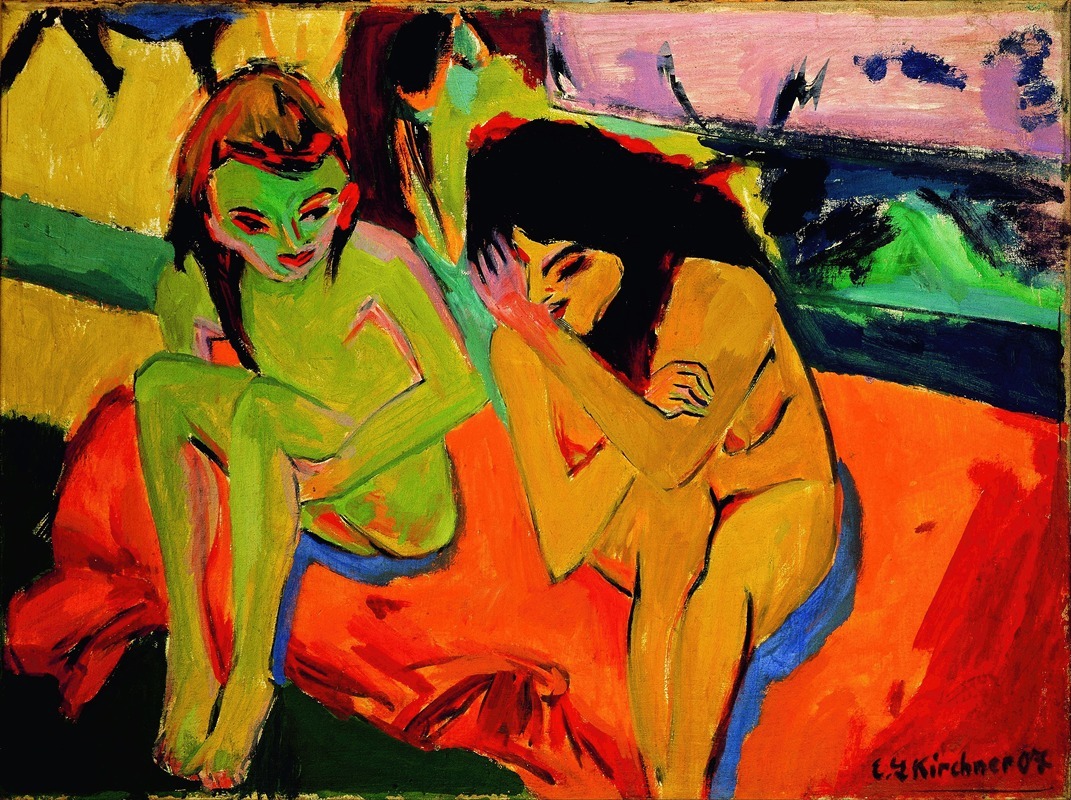
Two Girls
A hand-painted replica of Ernst Ludwig Kirchner’s masterpiece Two Girls, meticulously crafted by professional artists to capture the true essence of the original. Each piece is created with museum-quality canvas and rare mineral pigments, carefully painted by experienced artists with delicate brushstrokes and rich, layered colors to perfectly recreate the texture of the original artwork. Unlike machine-printed reproductions, this hand-painted version brings the painting to life, infused with the artist’s emotions and skill in every stroke. Whether for personal collection or home decoration, it instantly elevates the artistic atmosphere of any space.
Ernst Ludwig Kirchner's Two Girls is a painting created by the German Expressionist artist, who was a founding member of the influential art movement Die Brücke (The Bridge). Kirchner, born in 1880 in Aschaffenburg, Germany, was known for his bold use of color, dynamic compositions, and emotionally charged depictions of modern life. His works often explored themes of urban alienation, human relationships, and the tension between modernity and nature.
Two Girls exemplifies Kirchner's distinctive style, characterized by angular forms, vibrant colors, and expressive brushwork. The painting portrays two young women, a subject that Kirchner frequently revisited in his art. The figures are rendered with a sense of immediacy and intimacy, reflecting the artist's interest in capturing the emotional essence of his subjects rather than adhering to strict realism. The composition is marked by a flattened perspective and a dynamic interplay of colors, which are hallmarks of Kirchner's work during his most productive periods.
Kirchner's art was heavily influenced by non-Western art forms, particularly African and Oceanic art, which he encountered through museum collections and exhibitions in Germany. These influences are evident in the stylized forms and raw energy of Two Girls. The painting also reflects the broader goals of the Die Brücke movement, which sought to break away from academic traditions and embrace a more spontaneous, expressive approach to art.
The exact date of Two Girls is not definitively documented, but it is believed to have been created during Kirchner's early career, likely between 1909 and 1914, a period when he was deeply involved with Die Brücke. This was a time of intense experimentation for the artist, as he developed his unique visual language and explored themes of human connection and emotional depth.
Kirchner's career was profoundly affected by the political and social upheavals of the early 20th century. His experiences during World War I, combined with personal struggles and the rise of the Nazi regime, which labeled his work as "degenerate art," had a significant impact on his life and artistic output. Despite these challenges, Kirchner's contributions to modern art remain highly regarded, and his works, including Two Girls, continue to be celebrated for their innovative and expressive qualities.
Today, Two Girls is recognized as an important example of Kirchner's exploration of human relationships and his commitment to pushing the boundaries of artistic expression. The painting is held in a private collection or museum, though its specific location is not widely documented.





